Convento dos Congregados - Braga
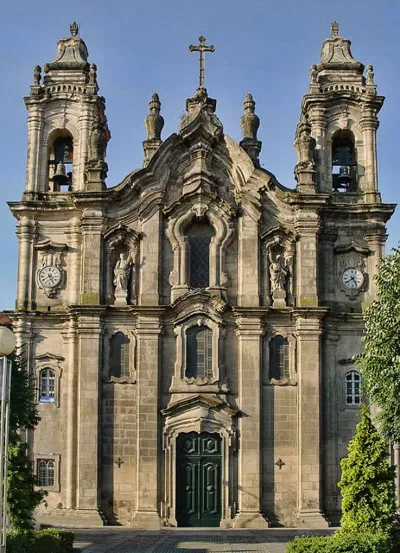
The fine baroque and rococo facade of the church and convent of Congregados in central Braga. The church dates back to the late 17th century although it was not actually completed until the 20th century.
Bom Jesus do Monte - Braga
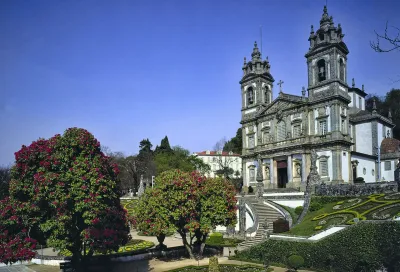
The Santuario do Bom Jesus do Monte near Braga is apparently Portugal's most photographed church. Whether this is true or not there is no denying it is one of Portugal's most beautiful churches. The reason it is receives so much attention is not clear in this photo, but the church is set on a steep hill and reached via an incredible 116 metres (381 feet) Baroque stairway. The sanctuary is an important catholic pilgrimage site and true penitents will climb the stairs on their knees!
Archbishop's Palace and Gardens - Braga
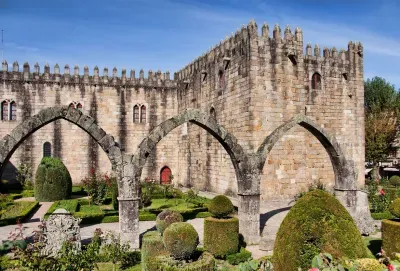
The Archiepiscopal Court (Paço Arquiepiscopal), also known as the Old Archbishop's Palace in Braga. There are three distinct wings to the palace, all dating back to different times and with different styling. This is the Eastern wing which looks out over the Santa Barbara Garden. It is mainly Gothic in style and dates back to the 14th and 15th centuries.
Peninsula War Monument - Boavista, Porto
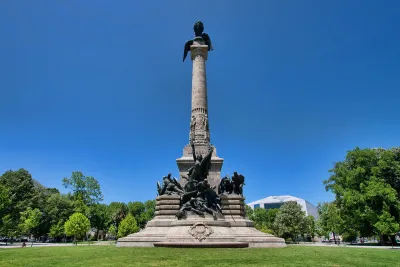
This is the Monument to the Heroes of the Peninsular War in Porto. It is set in the middle of a huge and busy round-a-bout in the district of Boavista.
The Peninsular War was fought between 1808 and 1814 with the British and Portuguese on one side and the French on the other. Spain was also involved with fighters on both sides. The war ended in victory for the Portuguese and British, which is what this monument celebrates. On top of the 20 metre column is a lion, representing the Portuguese and British, dominating an eagle, representing the forces of Napoleon.
Igreja de São Vicente
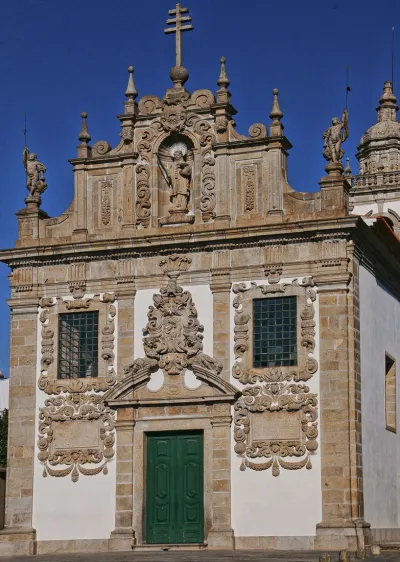
The facade of the 16th century Igreja de São Vicente (Saint Vincent Church) in Braga. The baroque styled church is the oldest in Braga and the site dates back to the Visigoths in the 7th century.
As is often the case, the rather modest exterior does little to indicate the opulent interior with its exquisite carvings and azulejos.
Sanctuary of Nossa Senhora dos Remédios - Lamego
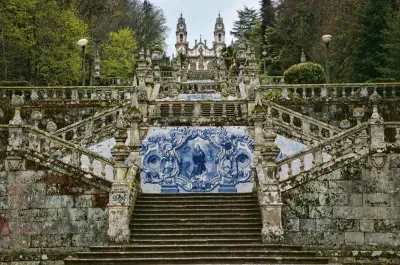
The Sanctuary of Nossa Senhora dos Remédios (Sanctuary of Our Lady of the Remedies) in Lamego. This fine baroque staircase with its numerous azulejo friezes zig-zags its way up Monte de São Estevão to the chapel on top. It is somewhat reminiscent of Bom Jesus in Braga.
Marialva Castle and Village
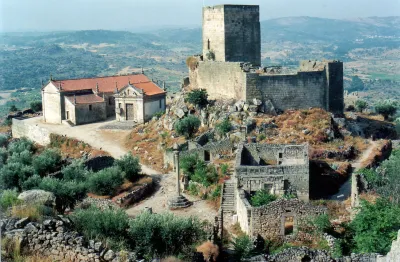
The ruins of the once grand Marialva Castle (Castelo de Marialva). Dating back to the 11th century the castle here was built high up on the steep hillside overlooking the border country. From here you can clearly see the the pillory, keep, citadel and cistern.
Serralves Foundation
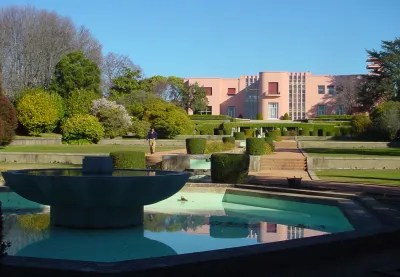
The Serralves Foundation (Fundação Serralves) is probably the most important cultural institution in Porto, if not Portugal.The foundation is set in parkland in the heart of Porto and is home to a contemporary art museum along with the Casa de Serralves, which is itself a fine example of Art Deco architecture.The house was commissioned by Carlos Alberto Cabral whose family had owned the park at Serralves since the early 19th century. It was designed by architect José Marques da Silva and completed in the mid-1940s
Biscainhos Palace

Located in central Braga, the Biscainhos Palace dates from the late 16th century. The building has been renovated many times over the years and the current facade is predominantly 18th century with Baroque styling.
The palace is now home to the Biscainhos Museum, which is probably Braga's best regarded. It displays decorative arts exhibits with collections including furniture, ceramics, porcelain, glass, watches and clocks.
Sameiro Sanctuary
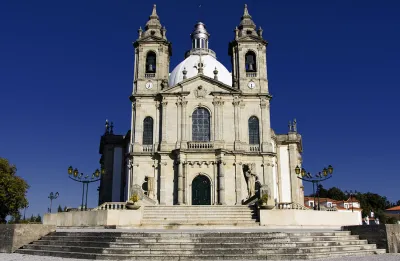
The impressive Sameiro Sanctuary (or Sanctuary of Our Lady of Sameiro to give it its full name) is located on the outskirts of the city of Braga. It is relatively recent, having been built in 1863. The domed structure is dedicated to Mary, making this the largest Marian shrine in Portugal